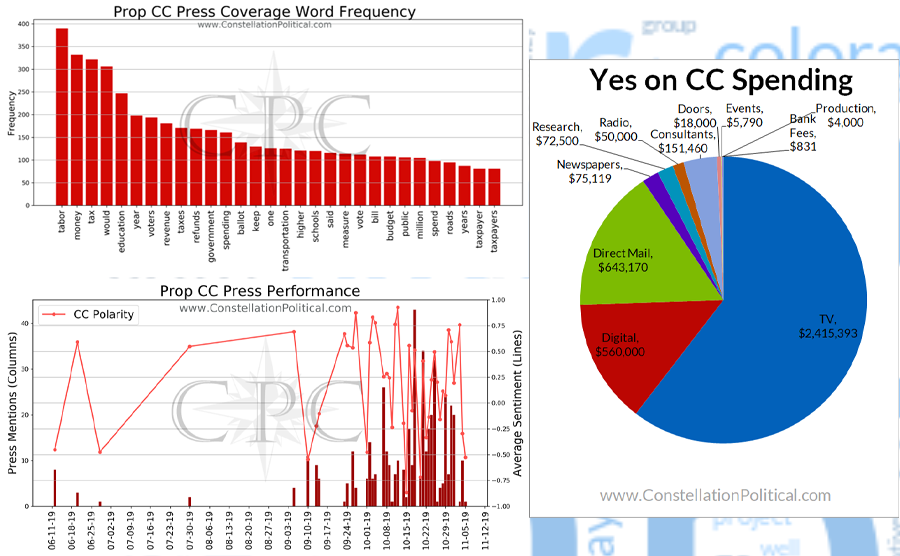 Prop CC Results & After Action
Prop CC Results & After Action
The defeat of Prop CC marked another win in the recent run of success that Republicans have had with ballot issues; a further illustration of Republicans’ ability to win on the issues despite the fact that we can’t seem to get any of our candidates elected. I tend not to be very interested in ballot issues, however, our recent success has prompted me to take a look at the “No on CC” effort to see if we’re actually doing something dramatically different from the candidate side.
Summary
Prop CC was defeated 45% Yes – 55% No.
Strong Republican turnout was a major factor in the defeat of Prop CC.
Yes on CC spent twice as much as No on CC.
No on CC began campaigning three months earlier than Yes on CC.
Starting early allowed No on CC to build their organization and frame the issue before their opponents.
The early start gave No on CC the necessary time to deploy a stronger door-to-door effort to help drive Republican turnout.
Outcome
Prop CC was finalized with 46.3% Yes to 53.7% No. Public polling was scarce since this was an off year election and only two polls were released — one by Magellan Strategies and one by CU. However, they were in wild conflict, even when adjusted to reflect actual turnout.
Before all the “Monday morning statisticians” in the crowd get their pitchforks out for Magellan there’s a few things to consider. The difference between these polls is a significant swing, take into account margins of error as well and it is possible that the No on CC effort was able to produce this kind of swing in public opinion.
Finance
Total Spending
The key story line in this campaign is how much more money Prop CC’s proponents spent than did its opponents.
The effort on both sides included a number of different organizations. The Yes on CC effort was spearheaded by Coloradans for Prosperity, and was supported by Great Education Colorado. The Yes on CC effort funneled almost all their efforts through Coloradans for Prosperity, whether directly or via in-kind efforts.
Americans for Prosperity led the effort on the No on CC side. Defend Colorado also spent significantly but, as they don’t disclose their spending, we can only see about $500k worth of cable ad-buys on their part. No on CC spent around $200k with the Colorado Union of Taxpayers and Colorado Rising Action also providing support.
All told, the Yes on CC effort spent about $4 mln to the $2 mln spent by the No on CC side.
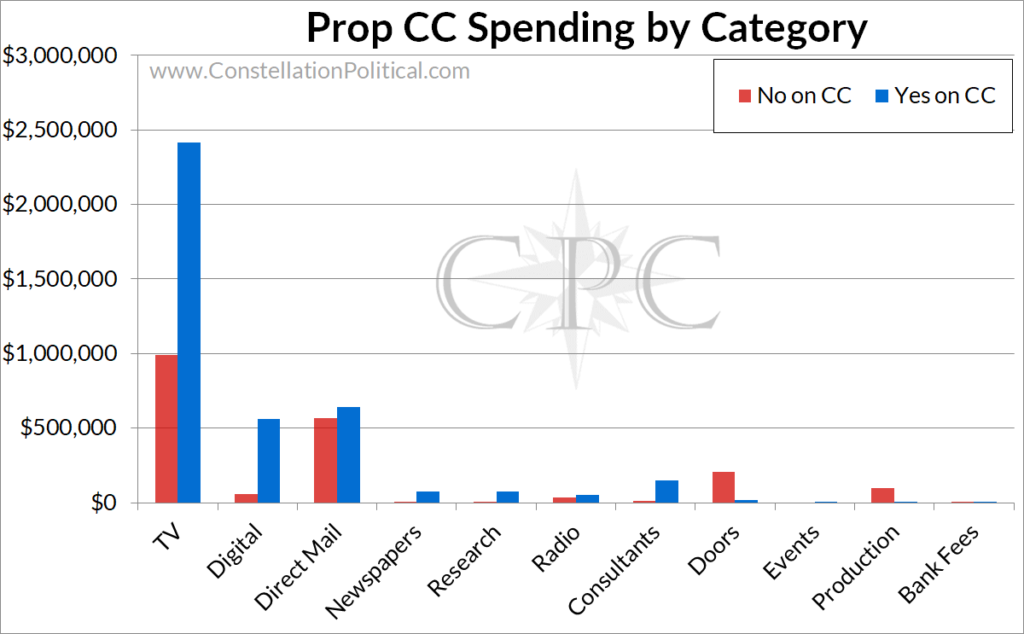
Spending Mix
Both sides of the Prop CC effort spent the bulk of their money on television. The Yes on CC effort spent the next greatest amount on direct mail, followed by digital. The No on CC group spent mostly on television, followed by direct mail, door knocking, and then digital.
This mix of spending was similar to the 2018 election where Democrat’s greatly outspent Republicans on digital advertising. However, in this race the Yes on CC effort spent significantly more on direct mail. This makes sense because this is an off-year election cycle and these low-salience elections tend to be even more dominated by older voters than usual.
Communications
Press
Our Communications Dashboard takes a snapshot of every story appearing on a Colorado media outlet each morning and saves them to an internal database. As such, it’s easy for us to look back in time and examine the press coverage that issues or candidates are receiving.
Looking back over the past six months we see that coverage of Prop CC evolved as expected. The columns in the graph below show the amount of press (and blog) coverage that Prop CC received each day. Prop CC received limited coverage over the summer but come October coverage began to increase steadily.
The line on the graph below shows the average polarity of each days coverage. There was a lot of volatility in how positive the press coverage for Prop CC was. Generally, the coverage was positive but not enough to be significantly more positive than “true neutral.” Despite the positive nature of the coverage, it does appear that coverage grew more negative over the course of October.
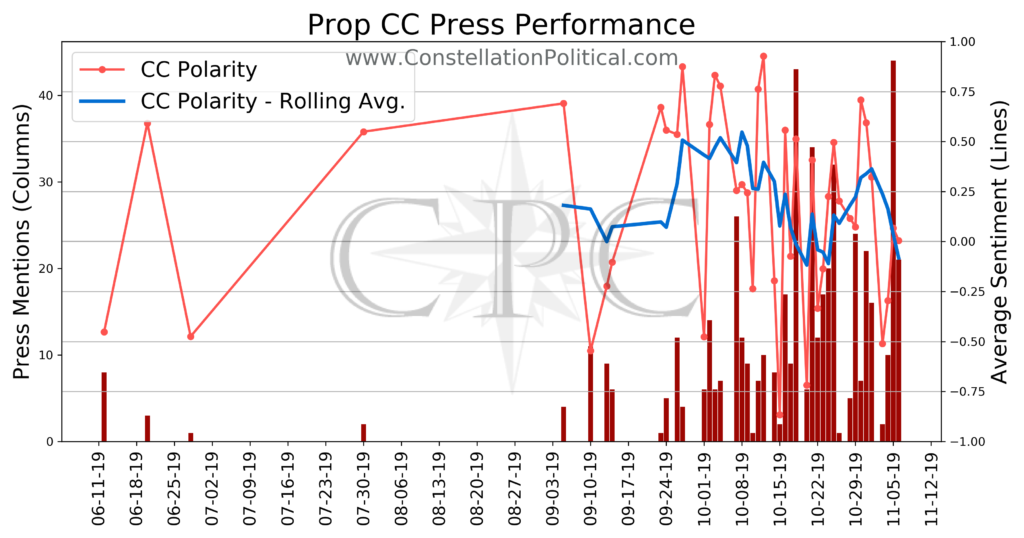
Below is the word cloud showing the frequency of the various words that appeared in press coverage around Prop CC.
Word clouds are fun to look at but a little hard to interpret. For a clearer view we can plot the frequency of the 30 most common words that appeared in the coverage. The results in the below graph are about what you’d expect — taxes, TABOR, revenue etc. get a lot of mentions. Language around taxes and revenue dominated the frequency but some of the uses proponents were pushing made it into the top 30 as well.
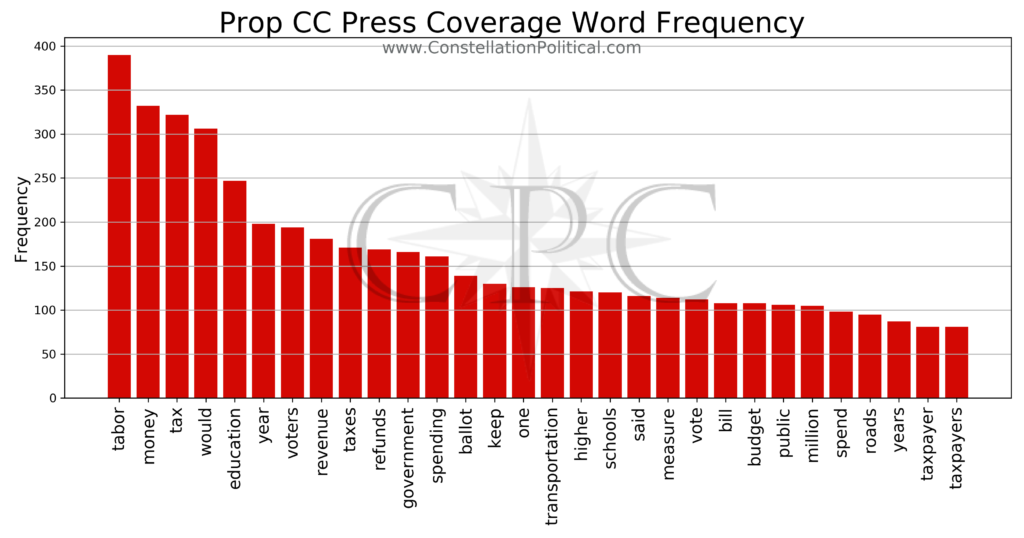
Media
Television
The Yes on CC effort focused their media effort around the benefits that Prop CC would provide. Each of their television spots emphasized that voting for Prop CC would improve infrastructure, attract quality teachers, and that the spending would be audited annually.
Yes on CC’s ads also emphasized that Prop CC was not a tax increase. It’s possible this claim ultimately hurt their effort as anyone not performing logical gymnastics would have considered this claim false.
Naturally, the No on CC effort ran ads pointing out the lie that the proponents were circulating and this became the focus of their video ads. The No on CC effort also produced a Spanish spot.
Both sides timed their cable buys similarly with spots running the duration of October. The Yes on CC effort spent about twice as much money on television as did No on CC and it appears Yes on CC weighted their spending more toward broadcast than cable.
Digital
Facebook’s handy Ad Library means that we’re able to get a good look at the Facebook advertising launched by both sides of the effort. It should be safe to assume that the digital strategy pursued on Facebook mirrored that on other platforms.
As mentioned above, the Yes on CC effort spent a lot more on digital advertising. As such, their effort was much more sophisticated and featured a massive amount of variation in their ads. They also favored video content.
Coloradans for Prosperity put most of their digital budget into video. They began their digital advertising much later than the No on CC effort. While Americans for Prosperity began running digital ads in June, Yes on CC didn’t begin their ad campaign until September.
Interestingly, Coloradans for Prosperity ran a digital video with Gov. Polis endorsing Prop CC but it received a rather late start.
While the Yes on CC crowd favored video for their digital advertising, No on CC featured still images with statements about the negative attributes of Prop CC. When The Denver Post came out against Prop CC, statements from their piece were turned into advertisements as well.
Americans for Prosperity ran digital ads with much less variation but they put much more money behind them.
Defend Colorado began running ads in October. On the No on CC side of the effort, Defend Colorado favored image ads but they put a significant amount of money behind them and spanned more of Facebook’s properties than others on our side. It appears that they had the most advanced digital effort on our side. However, this still wasn’t as sophisticated as the effort mounted by Yes on CC.
Political
One of my great pet peeves in life is political analysis based on anecdote and hearsay, which is a real pity because that’s basically all political analysis. Unfortunately, that is all we have to go on in gauging the political arm of the Prop CC efforts.
It appears that Republicans were much more engaged in and enthusiastic about the effort to defeat Prop CC than Democrats were about passing it.
Anecdotally, I saw a lot of email traffic, meetings, and volunteer recruitment from Republicans on this issue. The State Party and even some of the more organized county parties ran small digital advertising campaigns in opposition to Prop CC. No Democrat party did the same for the Yes on CC effort.
Jesse Mallory of Americans for Prosperity commented on their political effort to the Colorado Sun that:
The Colorado Sun
The issue committee affiliated with the Americans for Prosperity’s Colorado chapter launched its efforts against the measure the same month. Since then, the organization has made more than 1 million calls to voters, knocked on 100,000 doors and sent 430,000 text messages, Mallory said.
If the above quote is accurate that represents a very strong performance for an off-year election. This would explain how Republicans were able to maintain such a favorable electoral mix despite their deteriorating voter registration numbers.
The final numbers showed the 2019 electoral mix was similar to 2015 — 34% Republican, 32% Democrat, and 32% Unaffiliated. Republicans gave up one point of representation to each Democrats and Unaffiliated voters. However, this result is significant as Republicans made up a larger share of registered voters in 2015 than they do today. Republicans increased their turnout by six points over 2015 and still lost points in electoral contribution. Final turnout settled at:
The final return data is below:
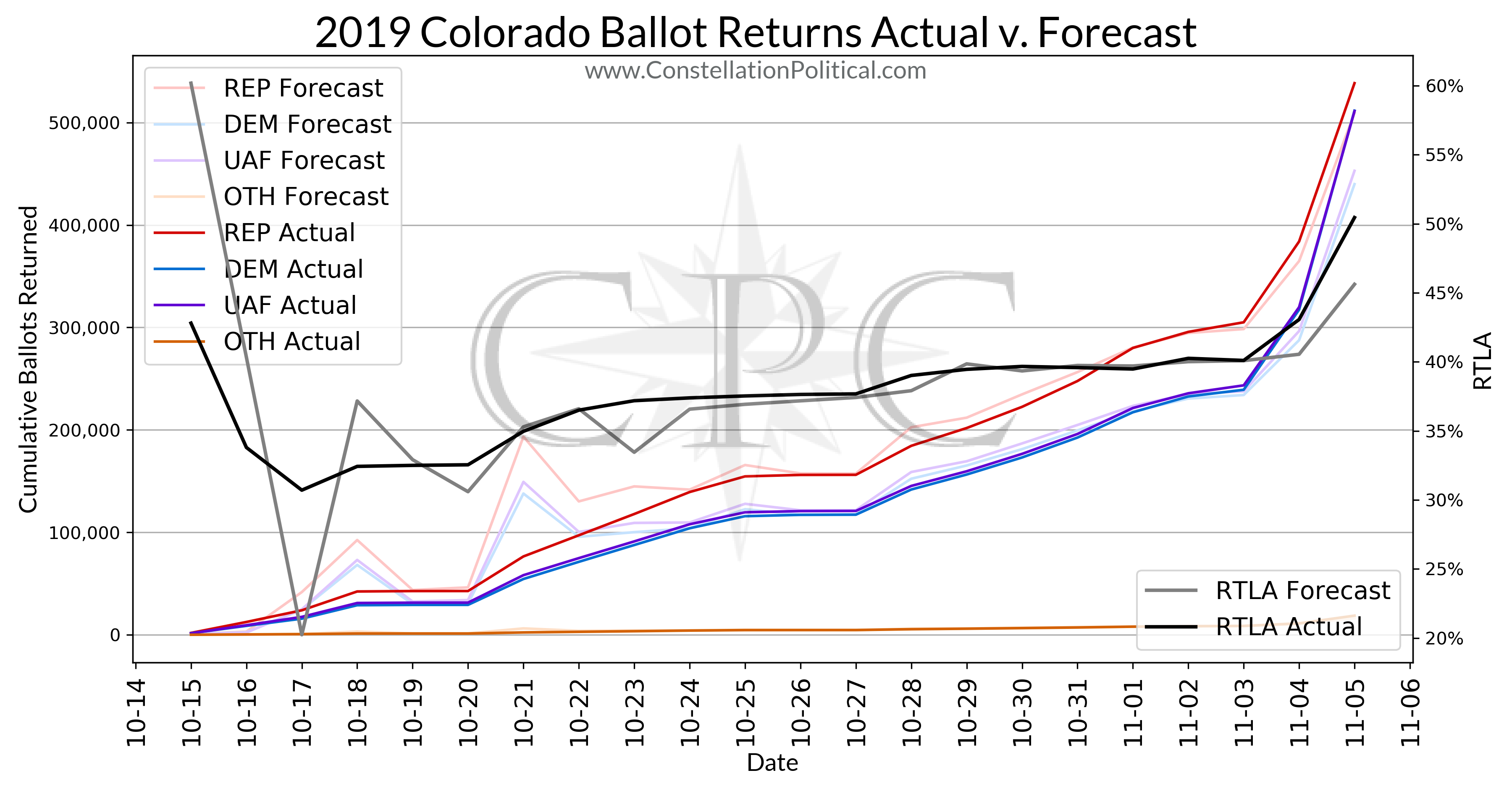
The Republican turnout improvement between 2015 and 2019 yielded about an additional 67,000 Republican votes. In a contest with a margin of 114,222, that’s two-thirds of the outcome. And the 67,000 votes to maintain the 2015 electoral mix were a premium on an already favorable turnout spread.
Conclusion
The Prop CC Results confirm what we’ve always known — money matters in elections, but what you do with it matters more. The proponents of Prop CC did make mistakes, but by having a strong effort in place No on CC was able to seize on those mistakes and ultimately achieve success. Regardless of the “why,” the outcome underscores two related lessons.
One: It is important to start early. A marked shift toward earlier campaigning began in 2014 and the Prop CC result confirms the effectiveness of this strategy. While AFP began their opposition to Prop CC in June, the proponents did not mount a concerted effort until September. The early start that opponents had gave them three additional months to build their turnout ground game and to define the issue without counterargument from the other side. Starting your campaign in earnest in June is not atypical, but the late start by the CC proponents was.
Two: A strong ground game remains vital, especially against a better funded opponent. Beginning the opposition effort early allowed AFP to build a strong door-to-door operation that likely eclipsed the other side. The asymmetry in the grassroots efforts is likely why Republicans were able to boost their turnout enough to maintain a favorable electoral mix.

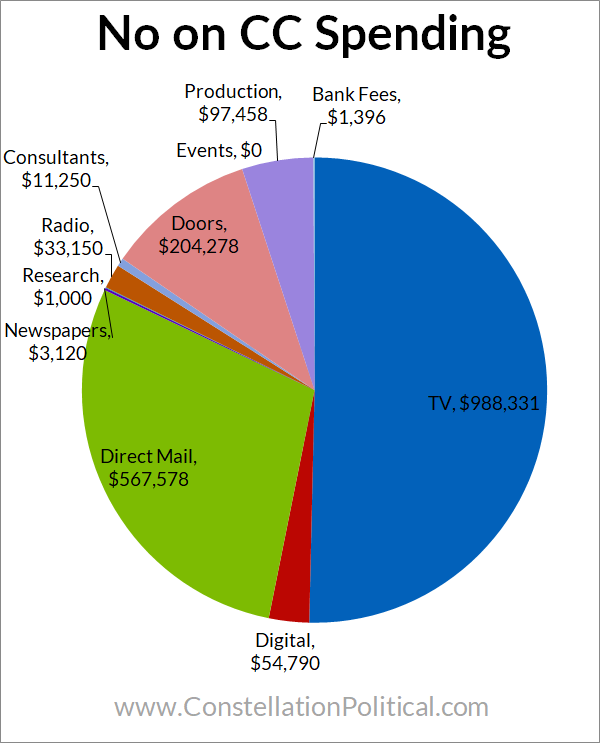
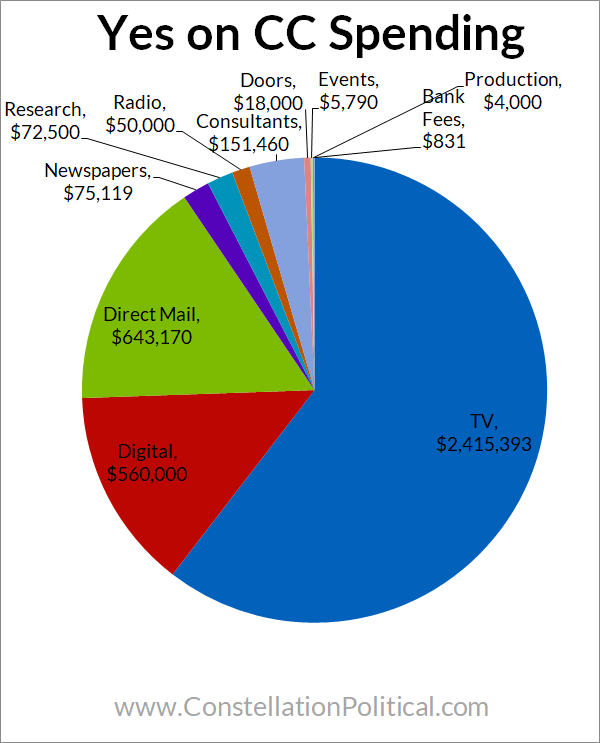
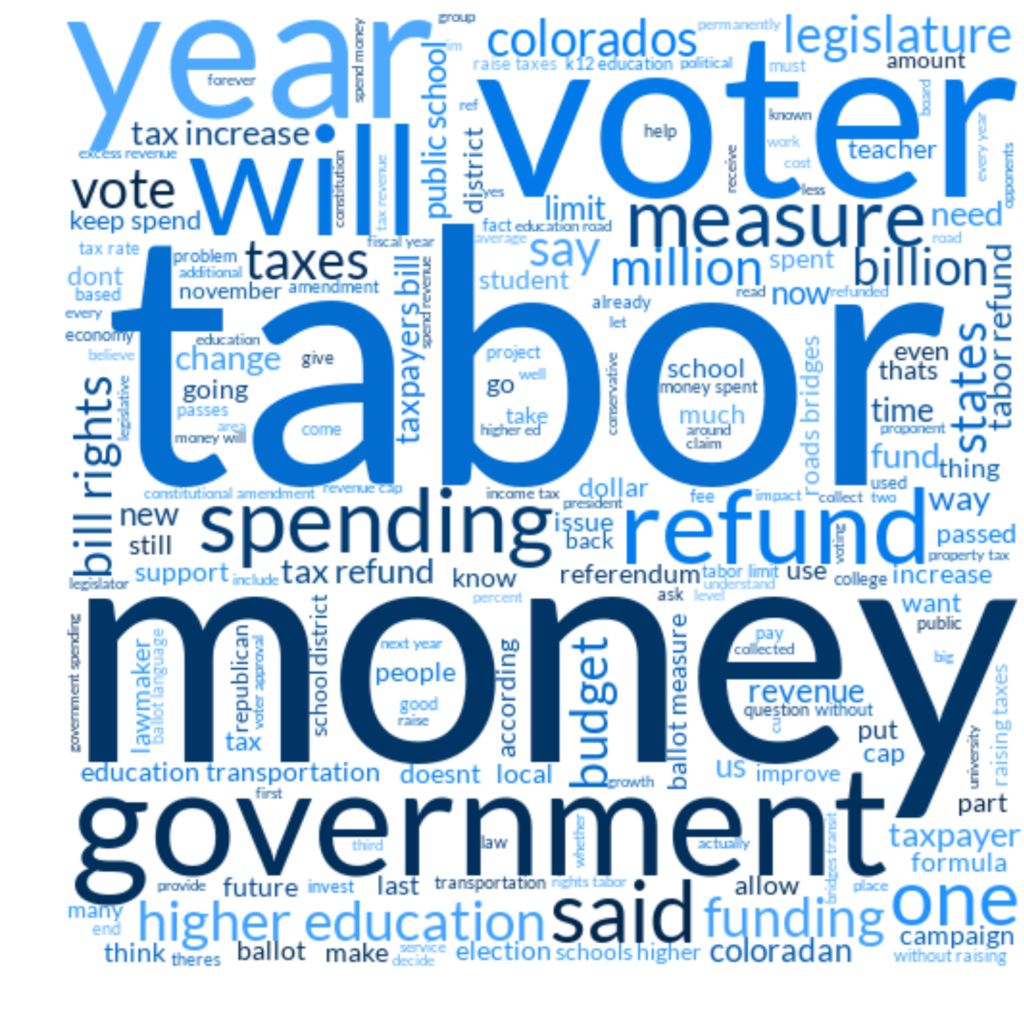
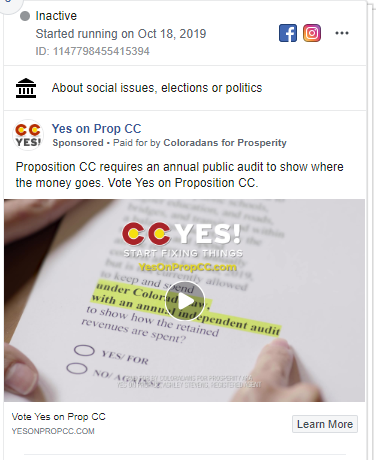
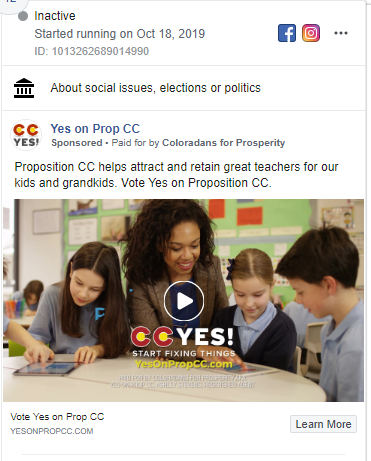
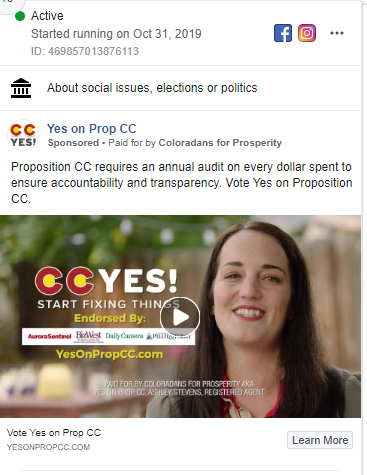
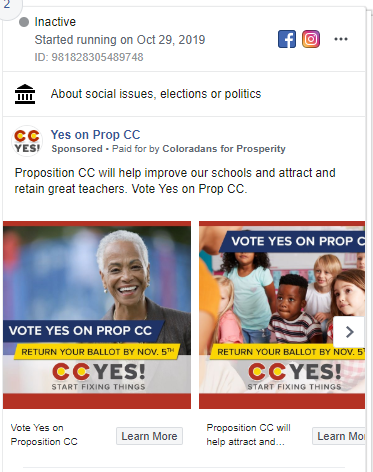
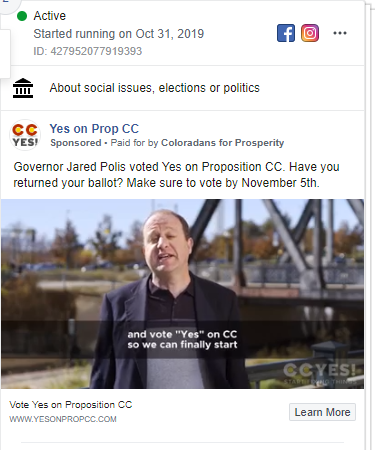
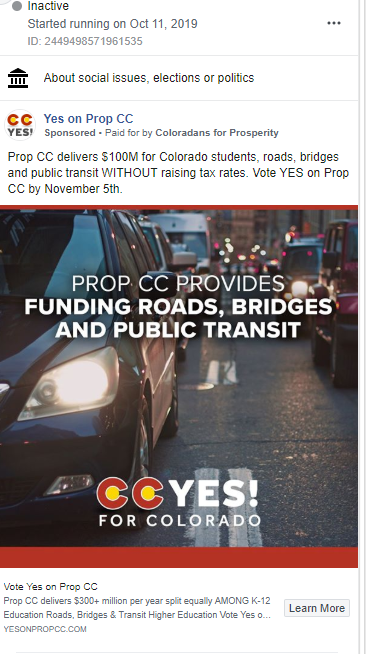
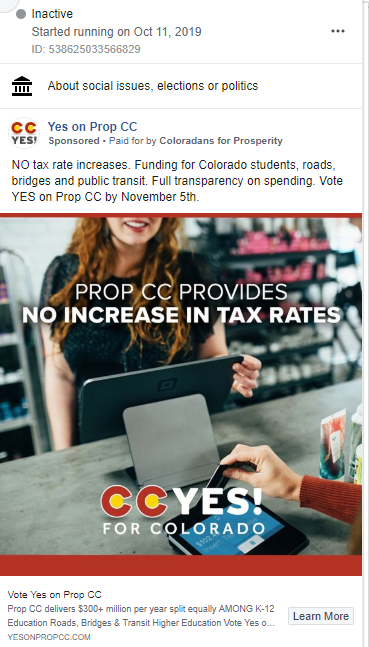
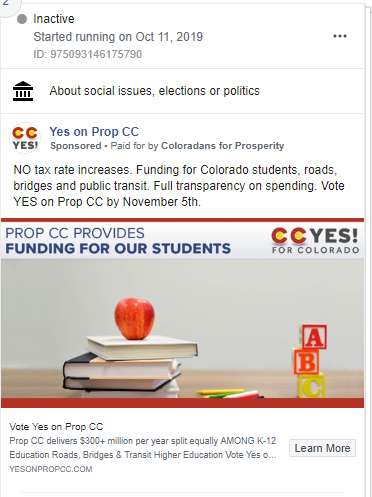
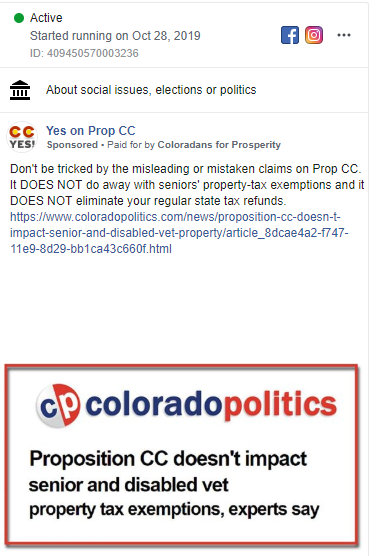
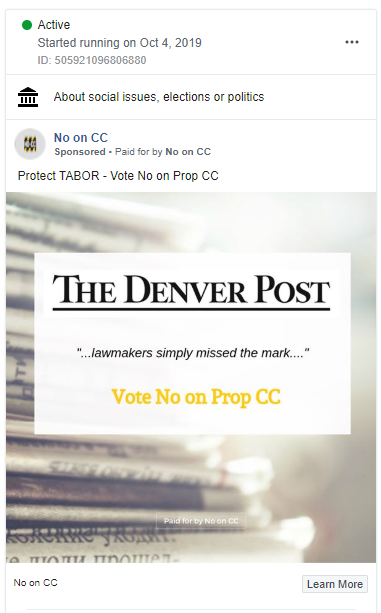
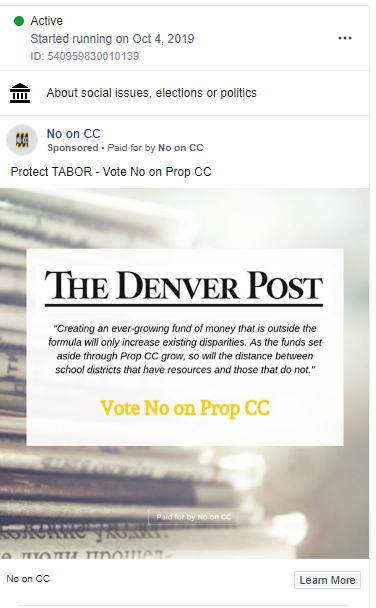
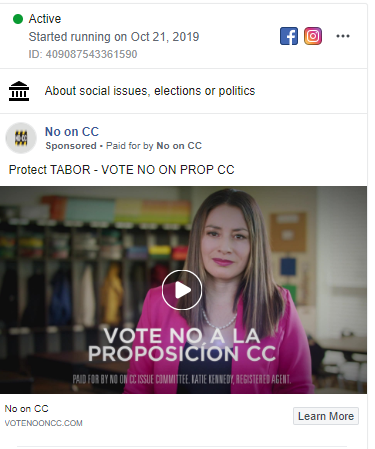
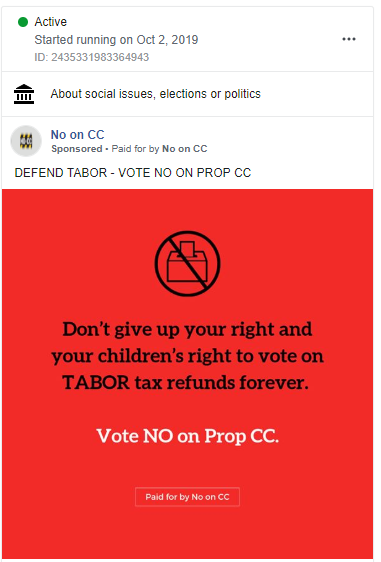
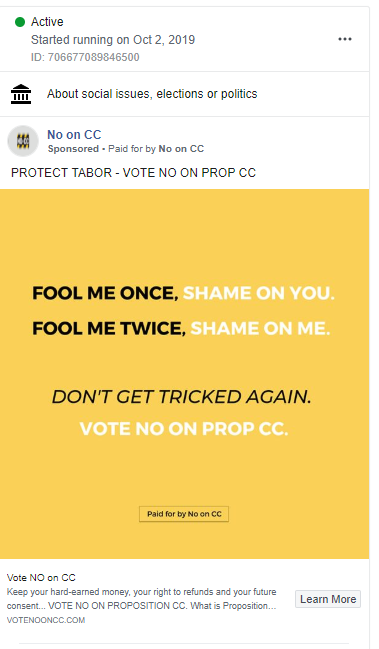
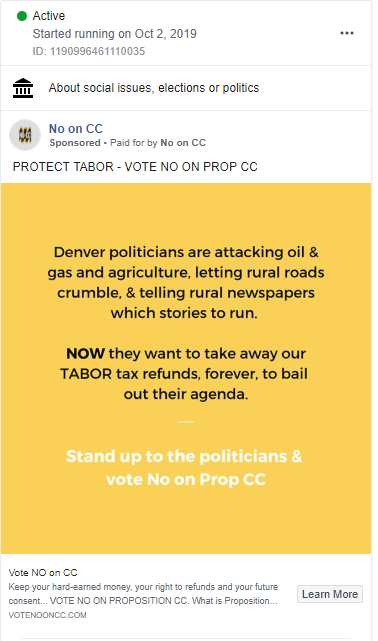
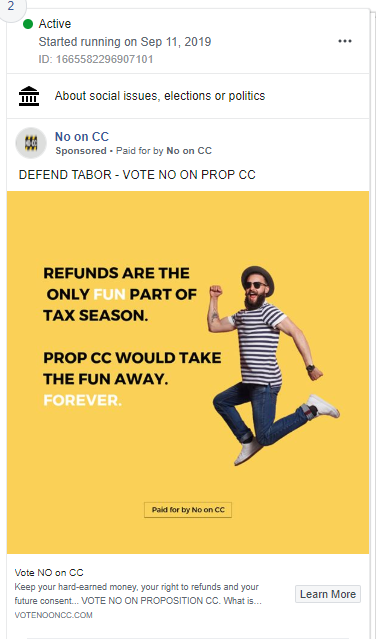
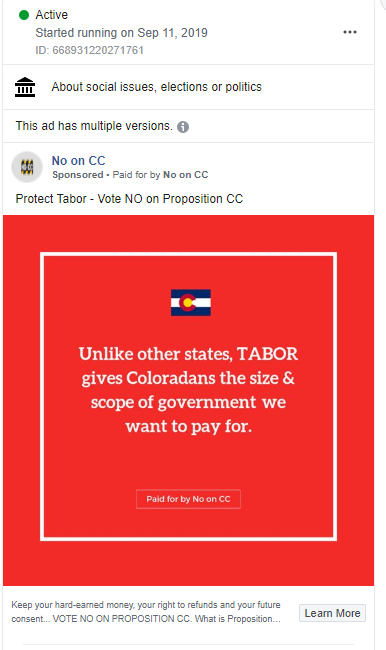
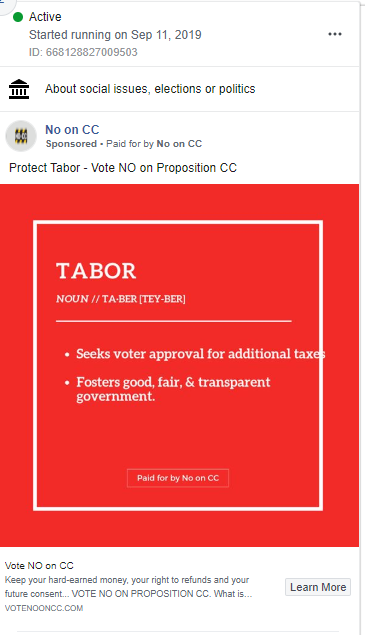
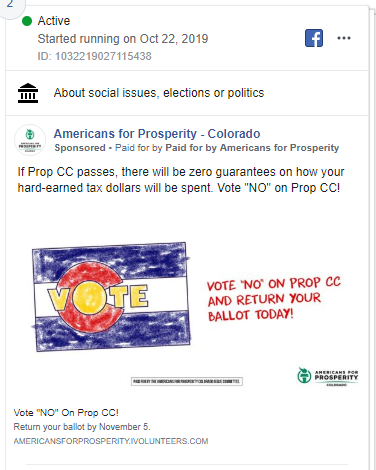
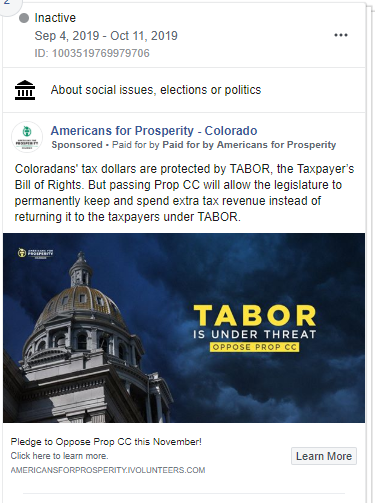
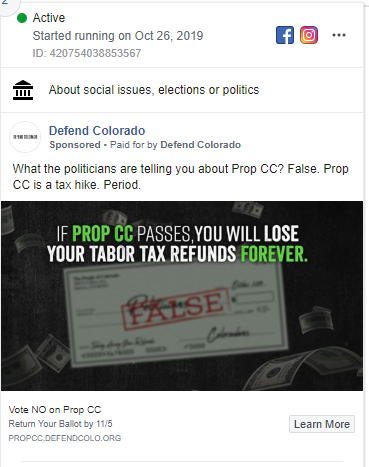
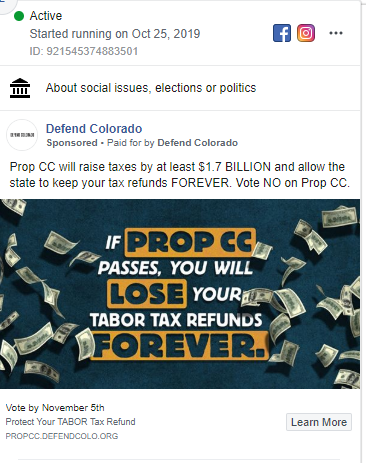
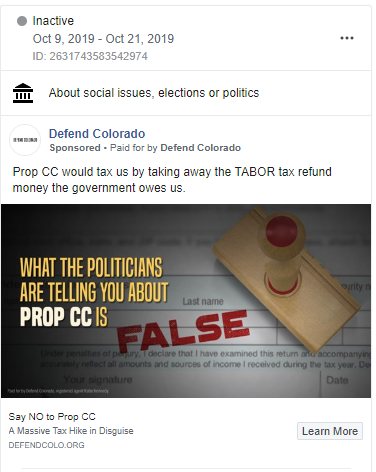
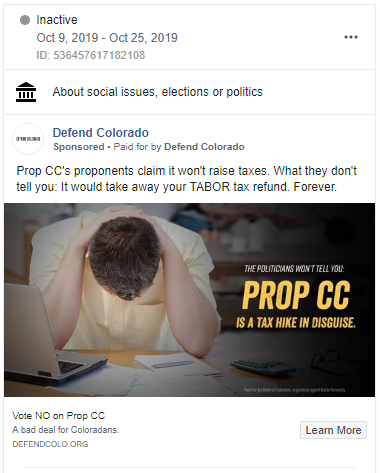
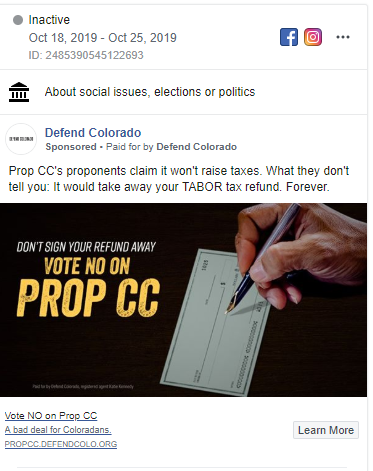





Ben – great analysis, and amazingly timely. I worked with Joe Samudio (Trump Victory) to knock on Republican doors in Fort Collins and was surprised/disappointed at how many Republicans had no real understanding or familiarity with Prop CC. Once informed, they were on board with a “NO” vote. I saw many of the ads on TV, so I expected people to be better informed. Somehow lots of Republicans are not being reached. Not sure if there is a better way to inform people, but door knocking seems to be really effective. I was really pleased to see Prop CC was… Read more »